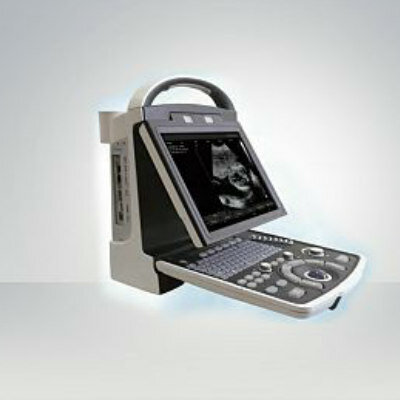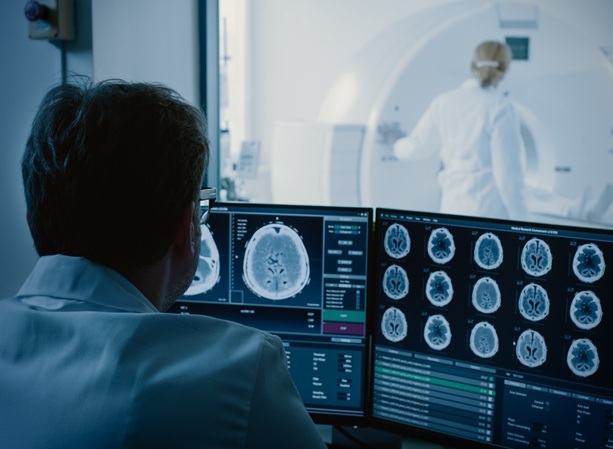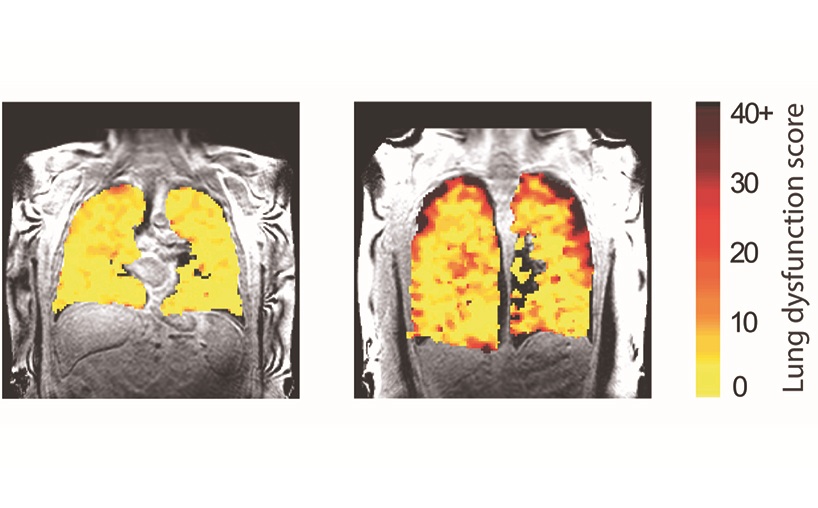Novel Model Identifies Focal Cortical Dysplasia Lesion from MRI Scans
Posted on 17 Oct 2024
Epilepsy is a neurological disorder characterized by epileptic seizures, and focal cortical dysplasia (FCD) is a primary cause of drug-resistant epilepsy. The most effective treatment for FCD is the surgical removal of lesions, which relies heavily on their precise localization and delineation. However, detecting FCD lesions in Magnetic Resonance (MR) images is still a significant challenge in clinical practice due to the subtle structural alterations they induce. Now, a proposed multiscale transformer-based model for the end-to-end segmentation of FCD lesions from multi-channel MR images combines a convolutional neural network (CNN)-based encoder-decoder framework with multiscale transformer pathways, improving the feature representation of lesions within a global field of view.
A research team from the Chinese Academy of Sciences’ Shenzhen Institute of Advanced Technology (SIAT, Shenzhen, China), along with collaborators, conducted a study demonstrating that the CNN encoder extracts local features, which are subsequently input into the corresponding transformer pathways to capture global features at different scales. To minimize complexity and avoid overfitting, the researchers employed a computation- and memory-efficient Dual-Self-Attention (DSA) module to build the transformer pathway. This DSA module includes a spatial branch and a channel branch, which identify long-range dependencies between feature positions and channels, effectively emphasizing the areas and channels relevant to the lesions.
.jpg)
The researchers trained and assessed the proposed model using a public dataset of MR images from 85 patients, employing both subject-level and voxel-level metrics. The experimental findings, published in Insights into Imaging, revealed that the proposed method successfully detected lesions in 82.4% of patients, with a low false-positive lesion cluster rate of 0.176±0.381 per patient. Moreover, the model achieved an average Dice Coefficient of 0.410±0.288, outperforming five established methods.
"As far as we know, this is the first study to apply a transformer-based model for the FCD lesion segmentation," said Dr. XU Jinping from SIAT who led the team. "Our study promises to be a valuable tool for medical practitioners, enabling them to detect FCD lesions swiftly and accurately."














